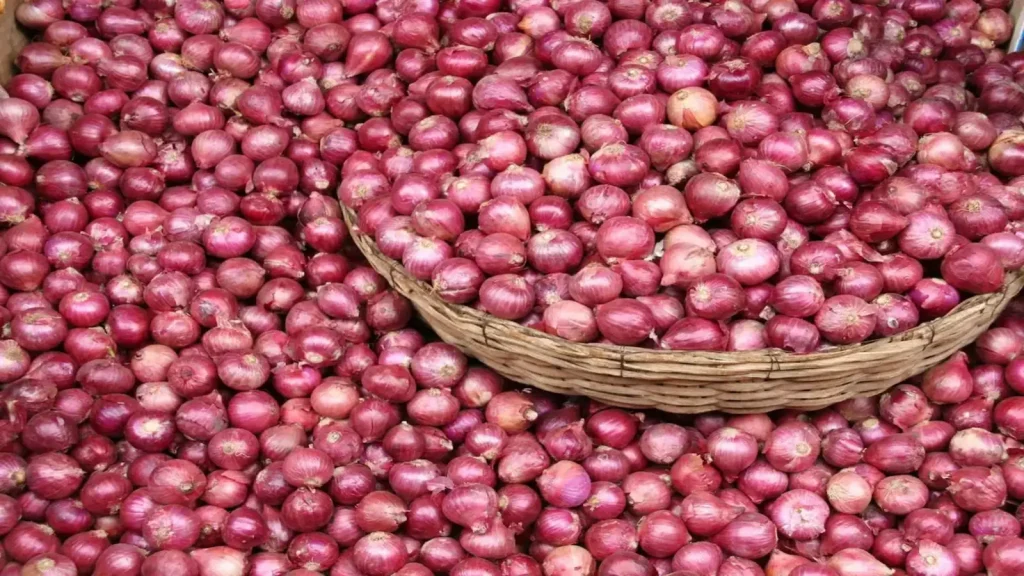Consumers who lament the scarcity and high cost of onions may not know what farmers go through to get the product to the kitchen. Farmers have had to contend with stubborn factors like climate change, poor storage facilities and insufficient quality onion seedlings.
The consequence isl that last year, the cost of a bag of onions, which was N130,000 in December 2023, skyrocketed to N270,000 by December 2024 with a single onion bulb, which previously costs N50 now going for N500, causing significant strain on both consumers and traders.
The national president of the Onion Producers, Processors, and Marketers Association of Nigeria (OPMAN) Aliyu Isah, confirmed that these factors were central to the price increase. While those factors are undeniable, the immediate cause of the current scarcity can be traced to the crisis in 2024, when heavy rainfall and dam water releases severely impacted onion production in several northern states. The affected states include Sokoto, Kebbi, Zamfara, Kano, Kaduna, Katsina and Adamawa. Isah said, “What caused the scarcity and high cost of onions is primarily the flooding of 2024, we experienced heavy rainfall, which created high humidity and led to outbreaks of Downy Mildew, a disease that destroyed onion farms at various stages of cultivation.”
According to Isiah, the troubles of farmers were evident in the stages through which they battled different challenges, as he said, “Some onion farms were affected at the seedling stage, some at the nursery stage, some when we were even about to harvest the onion.” Isah also explained that issues like water releases from dams in northern Nigeria and the collapse of dams in Borno contributed to the destruction of onion fields.
Additionally, he pointed out that the lack of adequate storage technology for onions resulted in significant post-harvest losses. He explained that over half of the harvested onions are lost due to inadequate storage facilities, further compounding the crisis.
He said, “Even when we harvest enough during the season because we lack improved technology of onion storage, we are faced with more than 50 per cent post-harvest losses.
“This is to say that more than half of what we produce, we lose it after harvest. So, all these are part of the problem that is making the onions too expensive.”
Isah also added that the issue of unavailability of the produce can also be blamed on lack of improved onion seedlings. “We do not have sufficient quality onion seedlings, so we now rely on hybrid seeds that we import from foreign countries.” That was part of the problem created by flooding and dam releases. He said, “The flooding affected onion seed production, so local farmers could not get enough seed to buy. This situation also resulted in the unavailability of onions. From the fourth quarter of 2024, our farmers with their money could not see seed to buy.”

